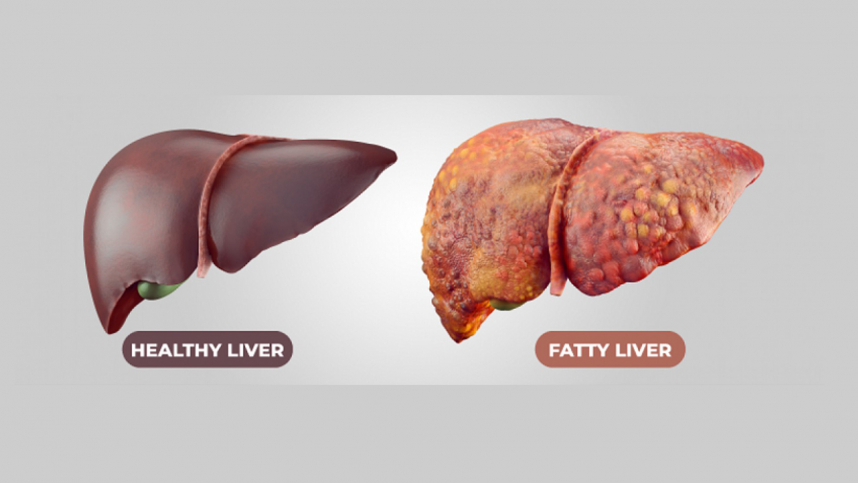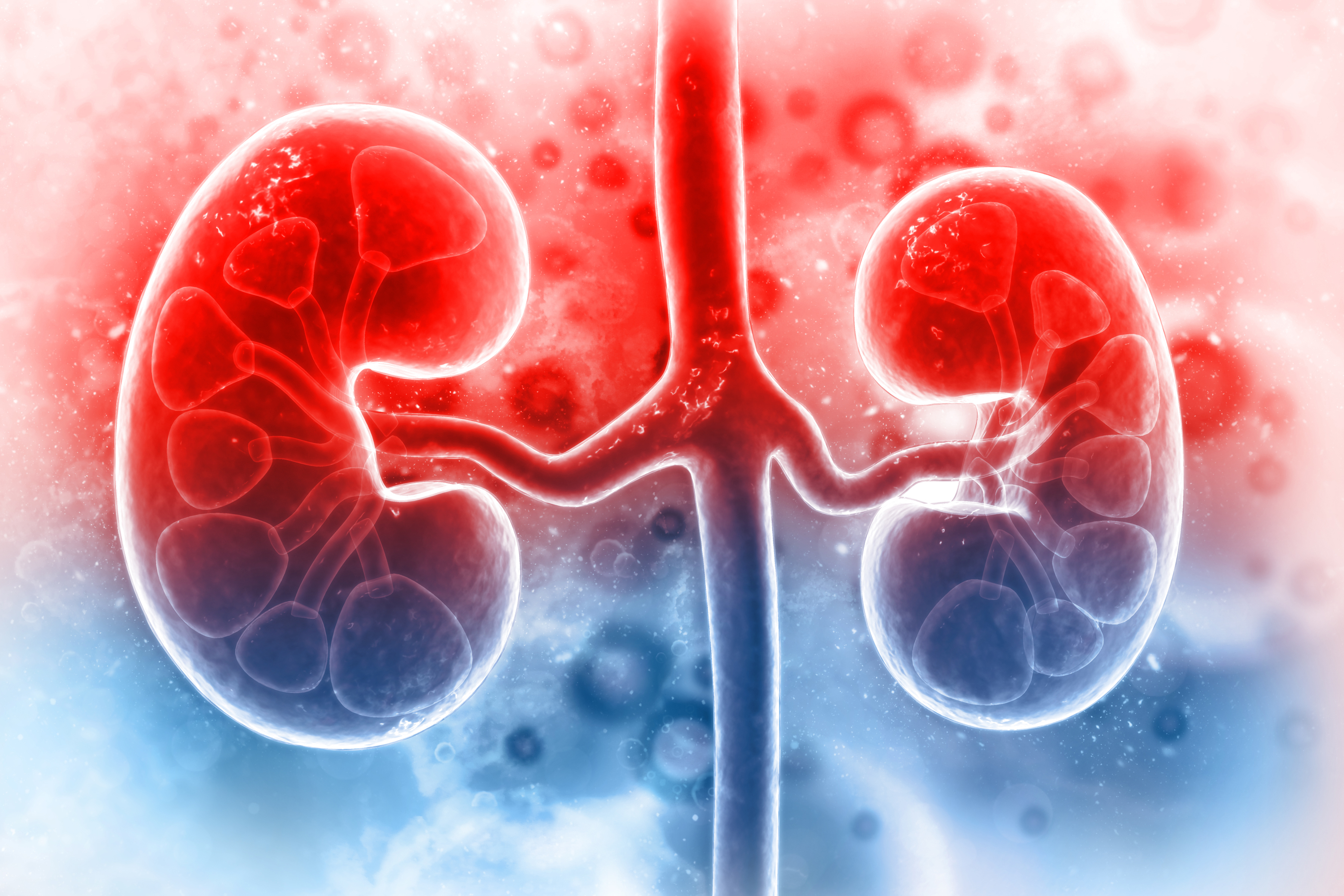
Large amounts of fat in the liver cause the kidneys to stop working properly, something researchers have suspected but have been unable to prove until now, according to a study in mice published in Kidney International.
Non-alcoholic steatohepatitis (NASH), the most severe form of non-alcoholic fatty liver disease (NAFLD), has long been linked with a higher risk for chronic kidney disease.
In mice with NASH, researchers have identified the mechanisms by which the liver damage in turn leads to progressive damage and scarring of the kidneys.

Changes over time in genetic activity in the mice suggested that dysregulation of lipid processing in the liver was the major factor driving the kidney injuries, which included damage to filtering units, excessive accumulation of collagen and lipids, and damage to cells’ “energy factories,” or mitochondria. The findings in the mice were similar to biopsy specimens from a human with NASH-related kidney disease, the researchers said.
“Our findings suggest that a similar association is likely in humans (NASH) and therefore kidney scarring and damage may be present as well, a possibility that is largely overlooked by physicians currently caring for these patients,” the research team said in a statement.
About 24% of U.S. adults have NAFLD and about 1.5% to 6.5% have NASH, a leading cause of liver transplants, according to the National Institute of Diabetes and Digestive and Kidney Diseases.
Receipt of a new, healthy liver reversed some of the kidney damage and improved kidney function in the mice, they found.
NASH in the mice was the result of a high-fat, high-sugar diet. When the mice resumed a normal diet, their liver and kidney function partially improved, the researchers said, consistent with what they've seen in patients with NASH, namely, that "lifestyle intervention can lead to improvement.”